If you want to grow your green thumb and plant a home garden, here are some tips to help you get started. It’s important to choose the right plants for your environment and give them proper care and attention. With a little effort and practice, you can have a thriving home garden in no time.
Key Takeaways
- Choose plants suitable for your environment
- Give your plants the proper amount of water and sunlight
- Start small and consider available resources
- Plant what you love and what grows well in your area
Choosing the Right Plants for Your Home Garden
To ensure the success of your home garden, it’s crucial to choose the right plants for your environment. When selecting plants, consider the sunlight and temperature requirements, care style, and environment of your home. It’s important to choose plants that can tolerate the climate and conditions of your region. For instance, if you live in a hot and sunny environment, choose plants that can handle heat and drought.
For beginners, starting with easy-to-maintain plants such as sansevieria, succulents, peace lilies, and African violets is recommended. These plants are hardy and can tolerate a range of conditions, making them perfect for novice gardeners. As you gain experience, you can expand your collection to include other varieties.
Proper watering is crucial for plant health, and using a pot with drainage holes can help prevent overwatering. Make sure to check the moisture level of the soil regularly, and water only when necessary. Overwatering can lead to root rot and other diseases that can harm your plants.
Sunlight is also an important factor to consider when choosing plants for your home garden. Most houseplants thrive in bright indirect sunlight. Pay attention to signs of too much or too little sunlight, such as wilting or browning leaves, and adjust accordingly. If your home doesn’t get a lot of natural light, consider investing in artificial grow lights to help your plants thrive.
Having the right tools can make a big difference in your gardening success. Invest in a sturdy trowel, watering can, and other essential tools to ensure that you’re able to care for your plants properly. Taking notes, paying attention, and seeking advice when needed can also help improve your gardening skills.
Planting what you love and what grows well in your area is key to maintaining a healthy and thriving garden. Don’t be afraid to experiment and try new things – with time and effort, anyone can develop a green thumb and enjoy the rewards of a bountiful garden.
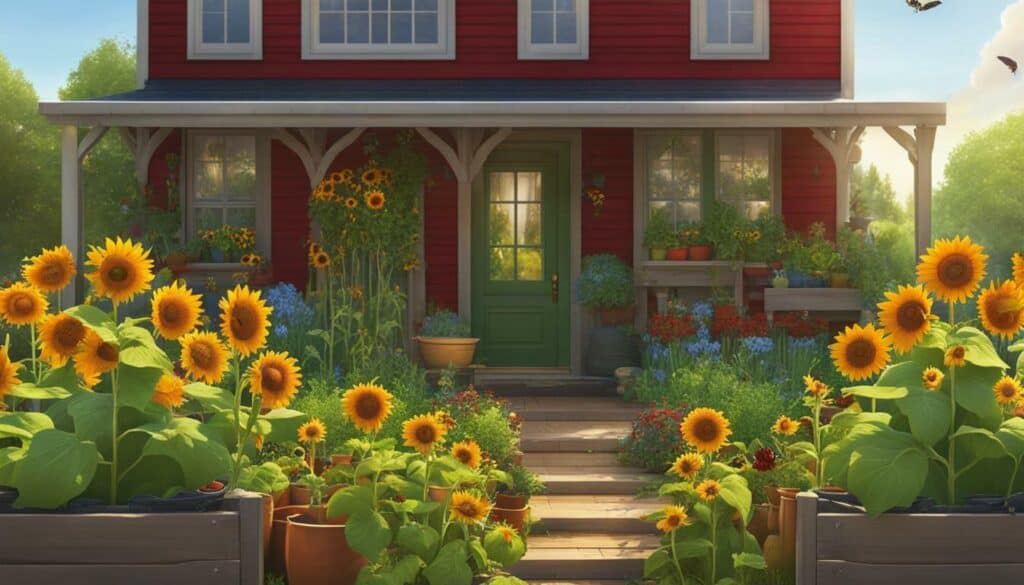
Proper Watering Techniques for Your Home Garden
Giving your plants the right amount of water is essential for their growth and overall health. Proper watering techniques are crucial for maintaining a healthy home garden. When choosing plants for your garden, consider the sunlight and temperature requirements of each plant. It’s important to select plants that can tolerate the climate in your region and the amount of sunlight they will receive. Additionally, consider your own care style. If you tend to forget about watering, choose drought-tolerant plants, while if you enjoy watering plants frequently, opt for moisture-loving plants.
When it comes to watering, always use a pot with drainage holes to prevent overwatering. Water your plants once a week, but be sure to check the soil before watering to avoid moisture saturation. When watering, bring the plant to a sink and water until the excess moisture starts to drip out of the pot. This ensures that the roots have access to the right amount of water and prevents the buildup of excess moisture, which can lead to root rot.
Sunlight is also crucial for plant growth. Most houseplants require bright indirect sunlight, so placing them near a window is ideal. However, if a plant is receiving too much sunlight, it will start to wilt or develop brown and crispy leaves. On the other hand, if a plant is receiving too little sunlight, it may become weak and leggy. It’s important to pay attention to your plants’ needs and adjust their sunlight exposure accordingly.
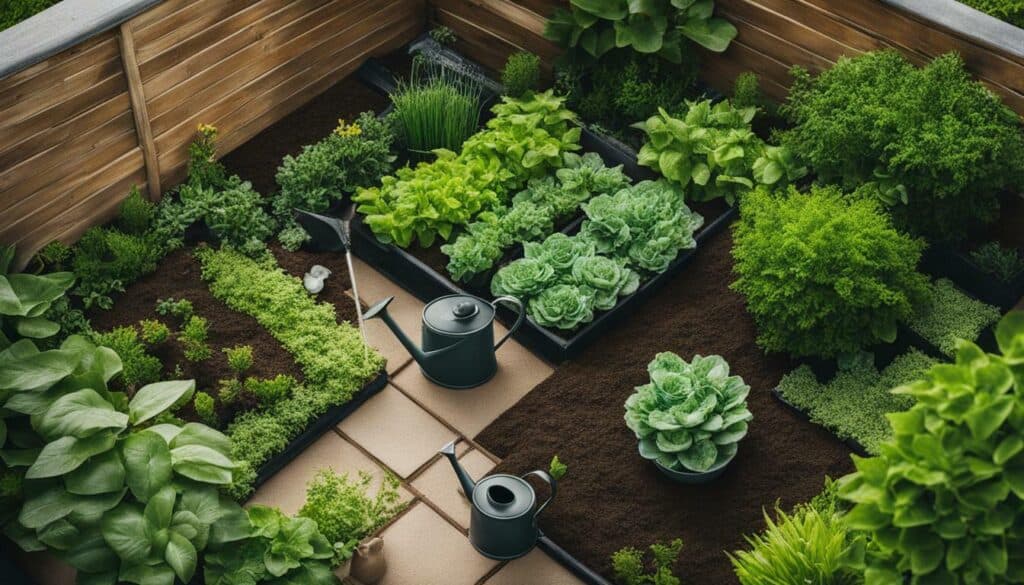
Remember to start small, choose plants that you love and that are suitable for your climate, and don’t be afraid to ask for advice or experiment in your garden. With time and effort, you can develop a green thumb and enjoy the rewards of a bountiful garden.
Providing Adequate Sunlight for Your Plants
Sunlight is crucial for the growth and development of plants in your home garden. When choosing the right plants for your environment, it’s important to consider their sunlight and temperature requirements. Some plants can thrive in high temperatures and direct sunlight, while others require more shade and water. Your own care style also plays a role in selecting plants that will do well in your home garden.
Water is also important, so make sure to use pots with drainage holes to prevent overwatering and check the soil before watering. If a plant is not receiving enough water, it may wilt or have yellow leaves. On the other hand, overwatering can lead to root rot and other problems. As with sunlight requirements, every plant has different watering needs, so do your research and adjust as needed.
Place your plants near windows where they can receive indirect light. Be aware of signs that your plant may be getting too much sunlight, such as wilting or brown, crispy leaves. If in doubt, provide bright indirect sunlight. And don’t worry about gardening in small spaces. You can always use vertical garden techniques or choose smaller plants that are better suited for space-challenged gardeners.
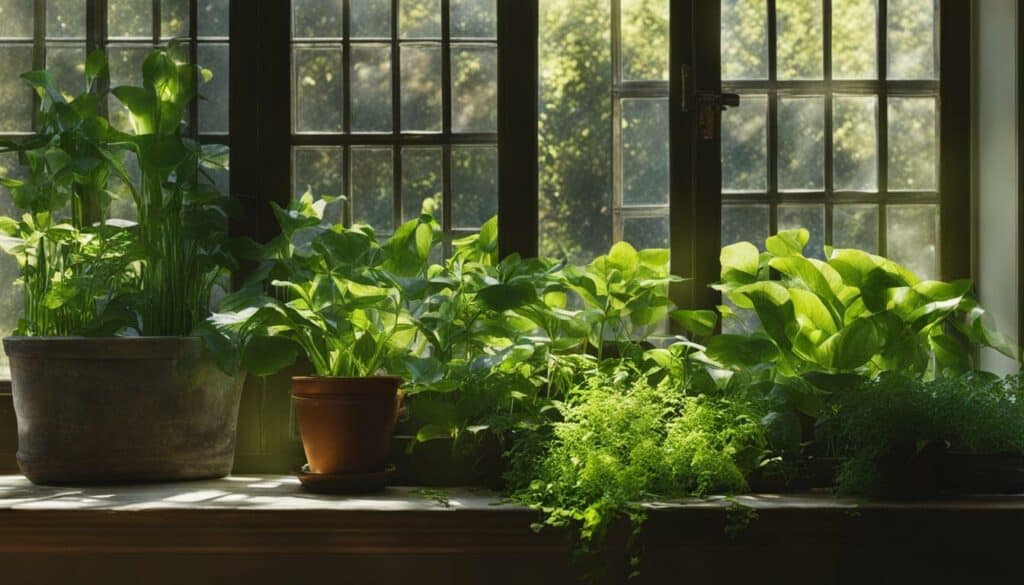
Starting small with a few easy-to-maintain plants is always a good idea. Ensure you have the right tools, like a trowel, rake, and watering can or hose. And remember to plant what you love and what grows naturally in your region. Take notes, observe your plants, and don’t hesitate to ask for advice. Finally, keep trying and enjoy the rewards of a thriving garden.
Fertilizing and Repotting Your Plants
Fertilizing and repotting are important aspects of maintaining a healthy home garden. Fertilizing your plants provides them with the essential nutrients they need to grow strong and healthy, while repotting gives them the space they need to grow and thrive.
When choosing plants for your home garden, it’s important to consider their sunlight and temperature requirements. Providing your plants with the right amount of water and sunlight is vital to their growth and health. Be sure to water carefully, ensuring proper drainage, and provide the right amount of sunlight for each plant’s preferences.
| Tip | Description |
|---|---|
| Fertilize at the right time | Different plants require different fertilization schedules. Make sure to fertilize your plants at the appropriate time to avoid over or under-fertilizing. |
| Repot when necessary | As your plants grow, they may outgrow their pots. Repotting them into larger containers gives them more space to thrive. |
| Prune and clean regularly | Regular pruning helps keep your plants healthy and encourages new growth. Proper cleaning also helps prevent pest infestations. |
Choosing plants that suit your care style and environment is key to a successful home garden. Starting small and planting what you love can also help with the learning process. Consider your available resources and get the right tools for your garden. Taking notes, paying attention, and seeking advice can all lead to a successful green thumb. Don’t be discouraged by failures and keep trying. Building a green thumb takes time and effort, but the rewards are worth it.
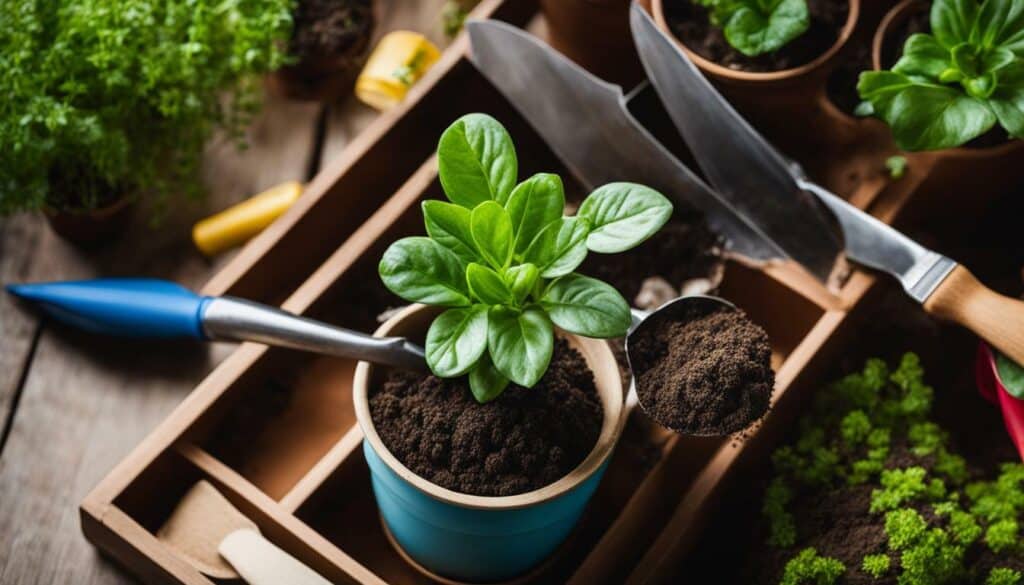
Pruning and Pest Prevention
Pruning your plants and preventing pests are key to maintaining a thriving home garden. Regular pruning ensures that plants stay healthy and look good. When you remove dead or damaged leaves, it allows the plant to focus on producing new growth instead of trying to repair itself. Pruning also keeps plants from becoming too bushy, which can limit airflow and create a breeding ground for pests.
Cleaning the leaves of your plants can also prevent the growth of pests. Pests like spider mites, mealybugs, and scale insects thrive in dusty and dirty environments, so it’s important to remove debris from leaves. You can use a soft cloth or some water to gently wipe down the leaves. Alternatively, you can use a spray bottle filled with water to mist your plants and remove dust and debris.
Preventing pests from infesting your home garden is crucial to maintaining healthy and vibrant plants. Regularly inspecting your plants for signs of pests and taking action quickly is key. Some options for pest prevention include using insecticidal soaps, neem oil, or organic pest control methods such as companion planting, which involves planting certain plants together to repel pests.

By maintaining a clean and healthy environment for your plants, you can ensure that they thrive and produce beautiful blooms and bountiful harvests. Taking note of your plants’ needs, providing adequate water and sunlight, and starting with easy-to-maintain plants are all important steps in growing a successful home garden.
Recommended Plants for Beginner Gardeners
If you’re a beginner gardener, there are several plants that are easy to care for and perfect for starting your home garden. Drought-tolerant plants like Sansevieria and succulents are great options for those who forget to water their plants. These plants store water in their leaves, which makes them more resilient to periods of drought.
Moisture-loving plants like African Violets and Peace Lilies are perfect for those who enjoy watering their plants more often. These plants require more frequent watering and humid conditions to thrive.
It’s also important to consider the amount of sunlight your plants will receive. Most houseplants thrive in bright indirect sunlight, so placing them near a window is ideal. However, it’s important to avoid exposing them to harsh direct sunlight, as this can cause leaf burn.
Starting small is key. Begin with a few easy-to-maintain plants and gradually expand your garden. Provide your plants with the right amount of water and nutrients, and don’t be afraid to experiment with different techniques. With practice and patience, you’ll eventually find your garden flourishing.
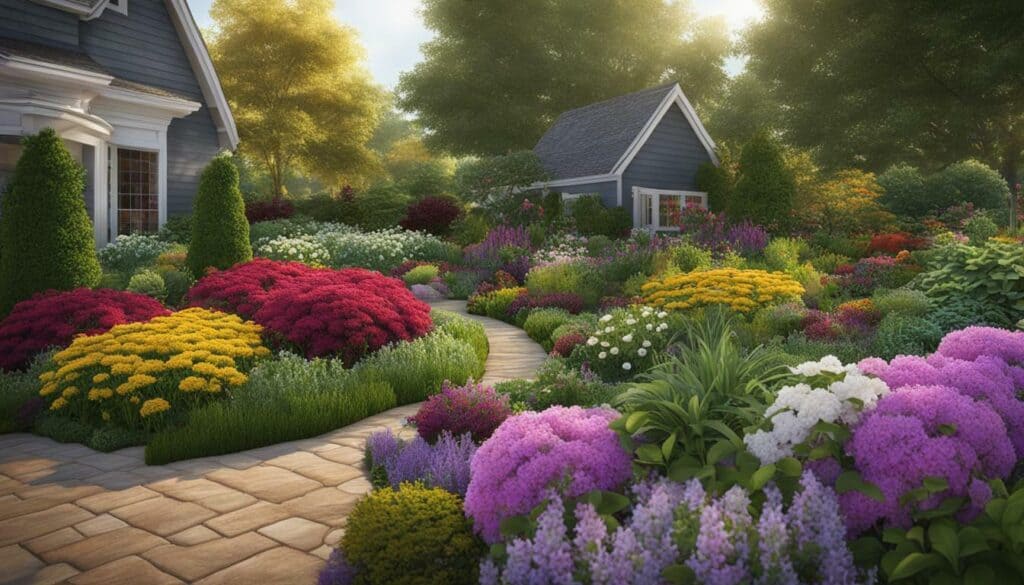
Tip: When selecting plants, be sure to consider your care style and environment. Choosing the right plants can mean the difference between a thriving garden and a wilted one.
Starting Small and Considering Resources
When starting a home garden, it’s best to start small and consider the resources you have available. You don’t want to overwhelm yourself with a huge garden that may require more maintenance and care than you can handle. By starting with a small garden, you can learn about the plants you’re growing, their needs, and how to care for them properly.
When choosing plants for your garden, it’s important to consider your environment, including temperature, sunlight, and soil quality. This can help you choose plants that are more likely to thrive in your garden. It’s also essential to consider your care style, as some plants may require more attention than others.
Another factor in growing a successful garden is understanding the needs of your plants. A little research can go a long way in ensuring your plants are getting the right nutrients, water, and sunlight they need to grow and thrive.
| Essential Tools for Home Gardening: |
|---|
| – Sturdy trowel |
| – Hand rake |
| – Watering can or hose |
| – Gardening gloves |
Having the right tools is also important. A sturdy trowel and hand rake can help you plant and maintain your garden. A watering can or hose can help you keep your plants hydrated, while gardening gloves can protect your hands from thorns and blisters.
Planting what you love and what grows well in your region can increase your success as a gardener. By taking notes, paying attention, and not being afraid to ask questions, you can develop your skills and learn from experience. Ultimately, with desire and knowledge, anyone can become a successful gardener.
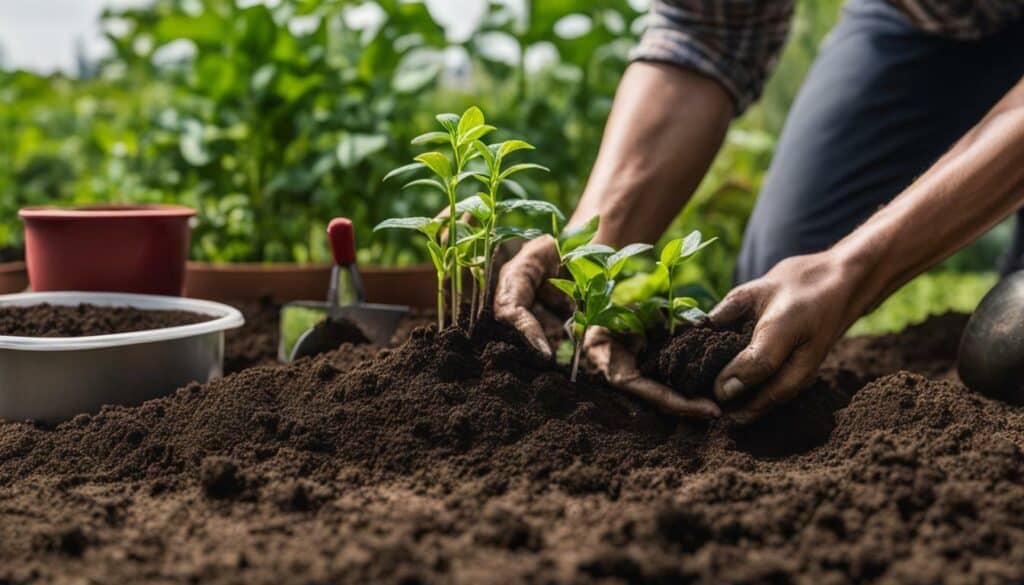
Essential Tools for Home Gardening
Having the right tools is essential for a successful home garden. As a beginner, it can be overwhelming to decide which tools to invest in. With so many options available, it’s important to start with the basics. Here are five essential tools that every home gardener should have:
| Tool | Purpose |
|---|---|
| Sturdy trowel | For digging and planting in soil |
| Hand rake | For smoothing and loosening soil, removing debris, and breaking up clumps |
| Watering can or hose | For watering plants |
| Small pruner | For trimming small plants, deadheading flowers, and harvesting vegetables |
| Gardening gloves | For protecting your hands from scratches, blisters, and harmful plants |
When starting a home garden, you also need to consider the plants that are suitable for your environment. Choosing the right plants can greatly affect the success of your garden. Before purchasing plants, research their sunlight, temperature, and watering needs to make sure they will thrive in your environment.
Starting small is key to success. Plant what you love and what grows well in your region. Don’t be afraid to experiment and take notes on what works and what doesn’t. Pay attention to your plants and adjust your gardening practices accordingly.
Remember, failures are inevitable, but they can also be a great opportunity to learn and refine your green thumb. Keep trying and don’t be discouraged. With time and practice, you’ll be able to grow a thriving home garden and reap the rewards of fresh produce and beautiful flowers!
Planting What You Love and What Grows Well
When planting your home garden, it’s important to choose plants that you love and that will thrive in your area. This requires some research on the types of plants that grow well in your region and the conditions they need to flourish.
Consider the amount of sunlight and water available to your plants before deciding what to plant. Some plants require more water and sunlight than others, so it’s important to choose plants that will be able to thrive in the conditions you can provide.
Additionally, it’s important to start small and consider your resources, including the condition of your soil and the tools you have available. If you’re new to gardening, consider starting with easy-to-grow plants like herbs or tomatoes, and expand your garden as your skills and knowledge develop.
Planting what you love is also crucial to your success as a gardener. If you enjoy cooking, consider planting herbs or vegetables that you can use in your favorite dishes. If you love flowers, choose blooms that will brighten up your day and enhance the beauty of your home.
Take notes as you go and pay attention to the growth and development of your plants. Don’t be afraid to ask questions and seek advice from fellow gardeners or gardening experts. With patience, determination, and knowledge, anyone can develop a green thumb and enjoy the rewards of a bountiful garden.
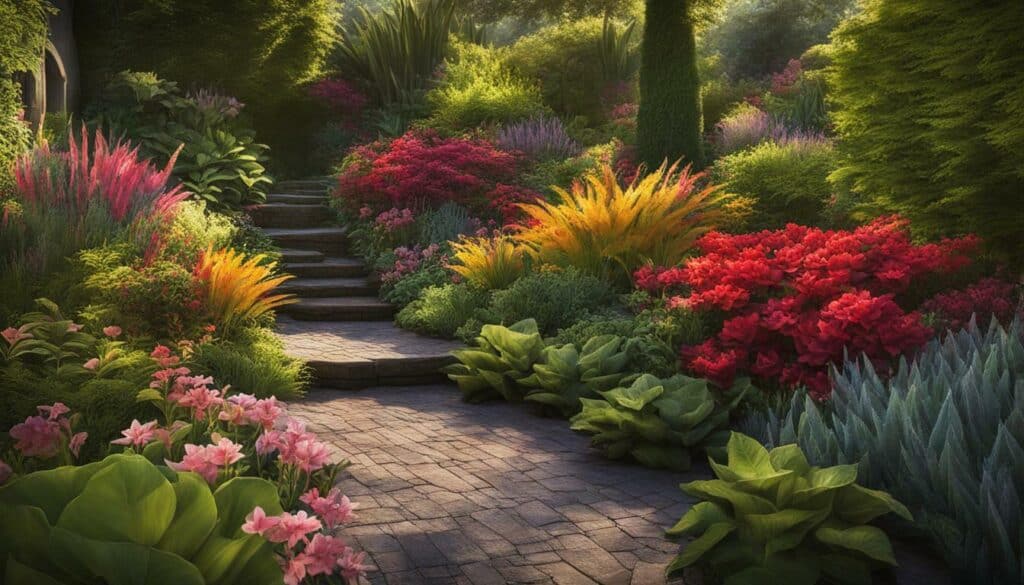
Remember, when choosing plants for your home garden, prioritize what you love and what grows well in your region. By doing so, you’ll set yourself up for a successful and enjoyable gardening experience.
Conclusion
Planting a home garden can be a rewarding and fulfilling experience, so don’t be afraid to dive in and start growing your own green thumb! As we have discussed in this article, there are many tips and tricks to ensure the success of your garden.
Choosing the Right Plants
Choosing the right plants is essential for a flourishing garden. Consider your environment and care style when selecting plants. Researching plants that grow well in your region can also increase your chances of success.
Proper Watering Techniques
Watering your plants properly is crucial to their growth. Overwatering can cause harm, so it is important to monitor moisture levels and use pots with drainage holes.
Sunlight Needs
Providing your plants with adequate sunlight is vital for their growth. Be mindful of the amount of sunlight your plants need and adjust accordingly, especially in small spaces.
Starting Small and Investing in Tools
Starting small and considering your resources is an important aspect of successful gardening. Investing in the right tools and gradually expanding your garden can improve your gardening experience.
Planting What You Love and Experimenting
Planting what you love and what grows well in your region can increase your chances of success. Don’t be afraid to experiment and take notes in your garden to refine your skills over time.
Establishing a green thumb and successfully taking care of plants requires some basic knowledge and preparation. Despite challenges and failures, perseverance and knowledge will help you develop a green thumb and reap the rewards of a flourishing garden.
Remember, a home garden is not only beneficial for your mental health and well-being but also for the environment. So, get started on your garden today and enjoy the many benefits it can bring!
What are some Easy Tips for Beginner Gardeners to Follow?
Beginner gardeners can benefit from easy tips for beginners to ensure a successful gardening experience. Start by selecting low-maintenance plants suitable for your region’s climate. Make sure to provide ample sunlight, water, and proper soil conditions for your plants. Regularly remove weeds and pests to maintain a healthy garden. Learning about plant care and seeking advice from experienced gardeners can further enhance your gardening journey.
FAQ
Q: Can I start a home garden if I live in an apartment?
A: Absolutely! Even if you have limited space, you can still enjoy the benefits of home gardening. Consider growing plants that are suitable for small spaces, such as herbs, dwarf varieties of vegetables, or container plants.
Q: How often should I water my plants?
A: The frequency of watering depends on various factors such as plant type, environmental conditions, and soil moisture levels. A general guideline is to water when the top inch of soil is dry. Make sure to water thoroughly until moisture drips out of the drainage holes.
Q: How do I know if my plants are getting too much sunlight?
A: Signs of too much sunlight include wilting leaves, brown spots, and overall dryness. If you notice these signs, move your plants to a spot with indirect sunlight or use sheer curtains to filter the sunlight.
Q: When should I fertilize my plants?
A: Fertilize your plants during the growing season, typically spring and summer. Use a balanced fertilizer and follow the instructions on the package for the correct dosage. Avoid over-fertilizing as it can harm your plants.
Q: How do I prevent pests in my home garden?
A: Regularly clean the leaves of your plants to prevent dust buildup, as this can attract pests. If you notice any pests, gently wash the affected leaves with a mild soap solution or use organic pest control methods.
Q: What are some good plants for beginners?
A: Some beginner-friendly plants include Sansevieria, succulents/cacti, peace lilies, and African violets. These plants are relatively low-maintenance and can tolerate a variety of growing conditions.
Q: How do I decide what to plant in my home garden?
A: Start by planting what you love! Consider your geographical location, climate, and the amount of sunlight your garden receives. Research plants that thrive in your area and match your preferences and gardening skills.
Q: Do I need a lot of space to start a home garden?
A: Not at all! You can start a home garden even with limited space. Utilize vertical gardening techniques, hanging baskets, or window boxes to maximize the available space.
Q: What are the essential tools for home gardening?
A: Some essential tools for home gardening include a trowel, pruners, gardening gloves, watering can or hose, and a shovel. These tools will help you with planting, pruning, watering, and general maintenance.
Q: What if I make mistakes or encounter challenges in my home garden?
A: Don’t worry! Making mistakes and facing challenges is a part of the learning process. Take notes, pay attention to your plants’ needs, and don’t be afraid to ask for help or seek advice from experienced gardeners.
Source Links
- https://plantcareforbeginners.com/articles/houseplants-101-how-to-get-a-green-thumb
- https://www.onegreenplanet.org/lifestyle/how-to-find-your-green-thumb-and-start-a-garden/
- https://www.digit1919.com/Portal/Home/BlogPost/e97e9bd1-3a23-42ea-bf0a-deb483affe23
- https://portfarms.com/finding-your-green-thumb/
- https://www.raise.com/blog/everything-you-need-to-grow-your-green-thumb/
- https://www.provenwinners.com/learn/right-plant-right-place
- https://ag.umass.edu/landscape/fact-sheets/right-plant-right-place-plant-selection-guide-for-managed-landscapes
- https://www.realhomes.com/advice/how-to-choose-plants-for-your-garden
- https://hortnews.extension.iastate.edu/watering-tips-garden-lawn-and-landscape
- https://www.gardena.com/int/garden-life/garden-magazine/10-golden-rules-for-watering/
- https://www.hgtv.com/outdoors/gardens/planting-and-maintenance/the-proper-way-to-water-your-garden
- https://southernlivingplants.com/planting-care/a-gardeners-guide-to-sun-exposure/
- https://www.democratandchronicle.com/story/lifestyle/2020/04/19/how-much-sunlight-your-garden-need-depends-what-you-plant/2970473001/
- https://extension.psu.edu/planting-in-sun-or-shade
- https://www.almanac.com/how-fertilize-your-vegetable-garden
- https://www.bhg.com/gardening/yard/garden-care/why-you-should-fertilize-plants/
- https://nestingwithgrace.com/when-to-fertilize-plants-and-repotting-houseplants/
- https://www.canr.msu.edu/resources/ipm_smart_pest_management_for_the_vegetable_garden
- https://edis.ifas.ufl.edu/publication/IN1397
- https://ipm.ucanr.edu/PMG/GARDEN/PLANTS/CULTURAL/pruningtrees.html
- https://earthfriendlytips.com/best-plants-for-beginner-gardeners/
- https://www.homesandgardens.com/gardens/best-plants-for-beginners
- https://www.gardeningetc.com/advice/best-plants-for-beginners
- https://www.purdue.edu/hla/sites/yardandgarden/advice-for-first-time-gardeners-start-small/
- https://www.artfulhomemaking.com/gardening-for-beginners/
- https://www.thespruce.com/how-to-start-a-garden-from-scratch-2132778
- https://www.gardendesign.com/how-to/tools.html
- https://www.almanac.com/gardening-tools-guide
- https://www.washingtonpost.com/home/2023/02/28/essential-garden-tools/
- https://www.almanac.com/companion-planting-guide-vegetables
- https://www.farmersalmanac.com/companion-planting-guide
- https://www.thepioneerwoman.com/home-lifestyle/gardening/g35888049/best-vegetables-to-grow/
- https://growingourown.wordpress.com/6-conclusion/
- https://agricultureandfoodsecurity.biomedcentral.com/articles/10.1186/2048-7010-2-8
- https://www.daleharvey.com/in-the-garden/articles-of-interest/PACIFIC STEEL SUTTON PARK/Sutton Park Primary School Gardening Project/Page 5 – Conclusion.html

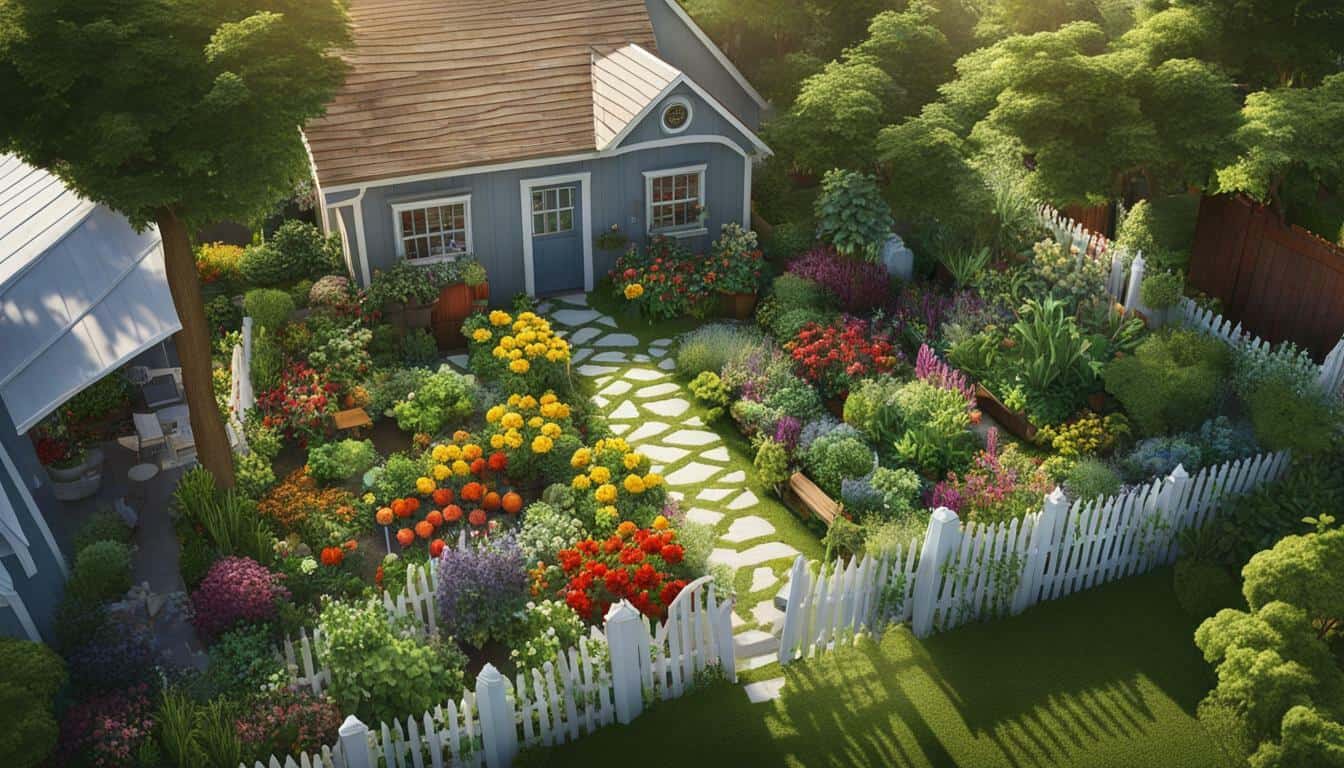



Leave a Reply